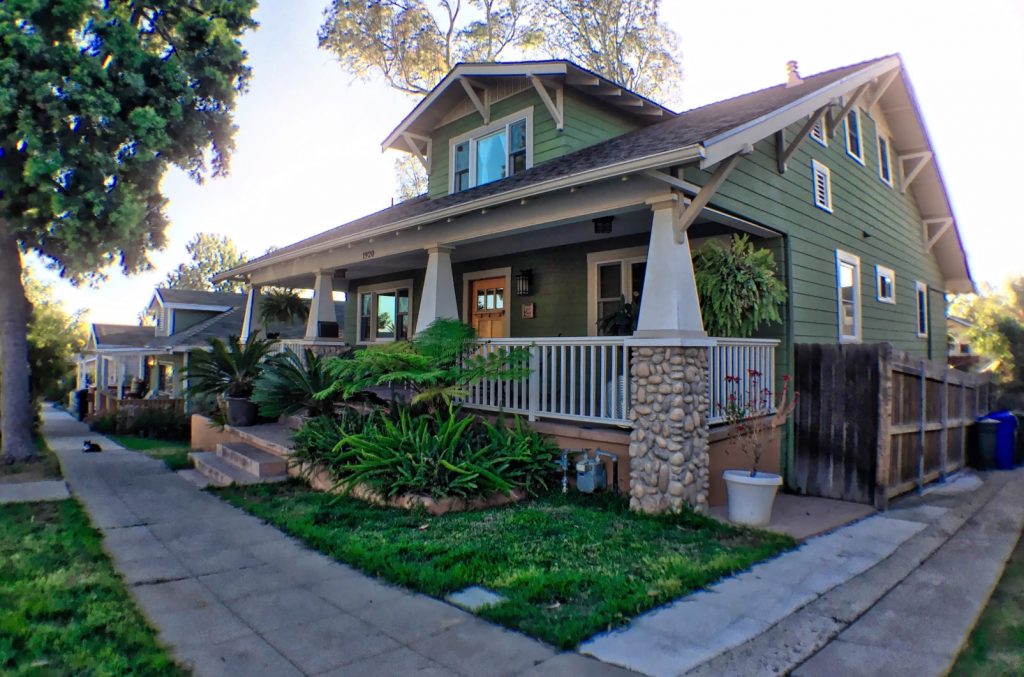May 20, 2019
The importance of place: Neighborhood amenities as a source of social connection and trust

Key Points
- Americans who live in closer proximity to community parks, libraries, restaurants, and theaters are more content with their neighborhood, more trusting of others, and less lonely regardless of whether they live in large cities, suburbs, or small cities or towns.
- Residents of amenity-packed neighborhoods are more likely to say their community is an excellent place to live, to feel safer walking around their neighborhood at night, and to report greater interest in neighborhood goings-on.
- Americans who live in communities with little access to amenities have a far greater likelihood of feeling socially isolated.
- Even after accounting for an individual’s social class, education, gender, and race, amenity access predicts feelings of community satisfaction, social trust, and social isolation.
Executive Summary
Place matters. When given a choice, most people prefer to live close to the basics of community life—schools, stores, parks, and restaurants. People are willing to pay more for a house that is closer to valued community amenities such as grocery stores, and a majority of Americans believe that schools, community centers, and libraries have a lot to do with making a community successful.
New data from the American Enterprise Institute Survey on Community and Society (SCS) add to a body of research on the value of living close to a mix of neighborhood institutions and amenities.1 Our findings suggest that living in communities rich in amenities positively affects social goods such as trust, sociability, and neighborliness, while decreasing social maladies such as loneliness.
Urbanists have been arguing at least since Jane Jacobs’ pioneering work on successful neighborhoods that communities are more desirable when the basics of everyday life are all around us and nearby, rather than scattered across disconnected landscapes.2 These in-sights have borne out in the research. To date, most assessments of the positive impact of mixed-use neighborhoods have focused on property values. Studies have found that people are willing to pay more for homes that are close to amenities and located in walkable neighborhoods. Increased home values correlate with proximity to grocery stores and reduced commute times.3
The SCS expands on this work by showing that proximity to a blend of neighborhood amenities is associated with non-economic values such as community satisfaction and trust. When all else is equal, people seem to prefer a sense of community in the built environment.
This does not always have to take the form of village-like, walkable neighborhoods. It is possible to blend amenities with Americans’ penchant for detached single-family homes and automobiles, as numerous suburban developments have done in recent years. In the SCS, people living in amenity-rich suburban communities often have similar levels of community satisfaction as people in dense, urban neighborhoods. It seems that proximity and a multiplicity of amenities matter more than whether one lives in the middle of a big city, the suburbs, or a small town.








